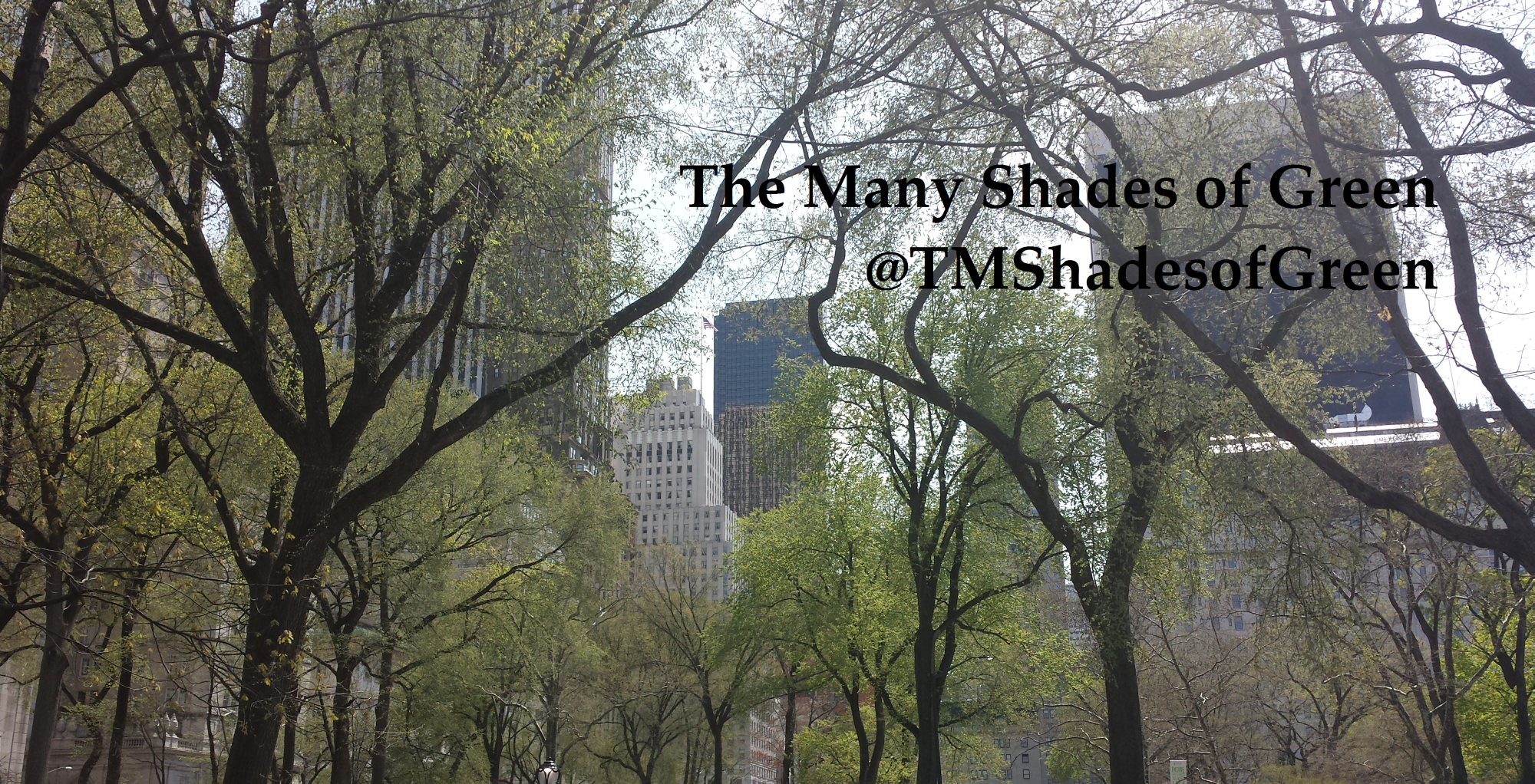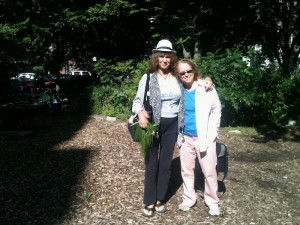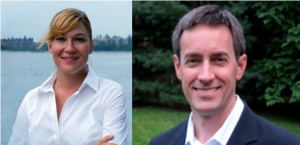By Susan Lutz
Tracking a lion for 40 hours must have been exciting. Far from home, stalking the king of beasts in the wilds of Africa, feeling the thrill of not only the hunt, but the exotic power of ruling over animals, taking, leaving the rest to rot must have been exciting. This desire to take, this desire to own, this desire to control is the consciousness that is killing our planet.
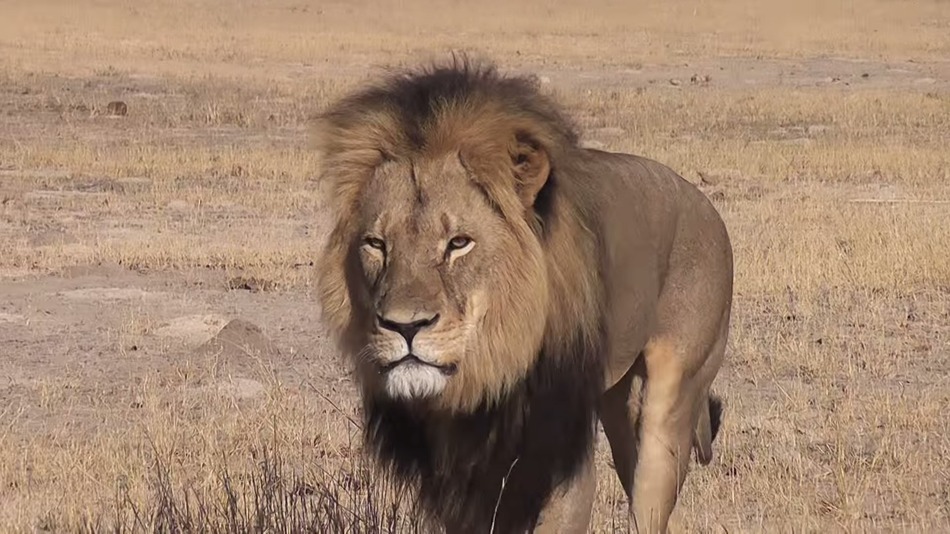 A Minnesota dentist and the men he paid to take him hunting in Zimbabwe are now being sought for questioning. This from CNN:
A Minnesota dentist and the men he paid to take him hunting in Zimbabwe are now being sought for questioning. This from CNN:
“All persons implicated in this case are due to appear in court facing poaching charges,” it said.
Officials said they believed Palmer had paid between $50,000 and $55,000 for the hunt to kill the lion.
We see what we want. We take what we want, often without regard for the effects our choices have on the environment. Killing a lion for thrill is taking for oneself and oneself alone, leaving no regard for life, animal or human. This mentality doesn’t stop with the animal kingdom.
We take by ignoring ramifications. When we purchase products that are made in sweatshops, we mistreat human beings. When we find out there’s a hole in the ozone layer, we claim we didn’t know our choices made a difference.
We take by consuming. We drink water in plastic bottles and toss them after one use; smug in our belief that recycling will take care of it. We pop a K-cup in the machine for a cup of coffee and drink 8 ounces of convenience, leaving behind billions of plastic cups to choke the planet.
We take by selling out. We ignore when politicians pass laws that make it OK to put toxins in our food.
We take by waiting for someone else to do it. For years, activists have tried to ban trophy hunting. We wait for the tragic to motivate us to change.
I searched hard on how to not judge this dentist from Minnesota. I’m from Minnesota. We’re not saints, but there’s this belief that we hold ourselves up to standards. My family hunts. I’ve been surrounded by the climate of hunting since birth, the camouflage, the orange vests, the guns, and the deer hanging from the garage in the cold of the fall. I’ve stood on the sidelines while this ritual, tradition, and sport took place. The hunters I know would be as devastated by this story as I am.
It’s hard to understand that in the entire time this dentist was planning his trip, it never occurred to him it might be wrong. He spent thousands of dollars, traveled thousands of miles, and then tracked the animals for 40 hours. He and his guides skinned the animal and beheaded it. Wasn’t there just one second, one moment, a fleeting thought that perhaps this is wrong? Even if not legally, morally?
I lived in a foreign country. I understand the lure of another country. Seeing the tropics, or the jungle, or the rainforest, or an animal in its habitat is exciting. It truly is interesting, educational, and enlightening to see and experience another land and culture. Tourism helps many countries. It’s critical to many economies. Yet, there are those who go take, forget, and ignore the ramifications of their actions. We’ve watched tourists climb mountains and take pictures naked for the sake of an interesting shot to put on social media. In Central America and other countries, many tourists travel for cheap sex, including with children. This is the mentality of take. Take for me – I don’t care about the rest.
I feel a deep sadness for the final hours of this regal animal, walking to his slow death in pain, suffering. I feel sadness for the country that lost a true, breathing, wonderful part of their culture. I feel sadness for the cubs left behind, the destruction and disorder inflicted by man on their pride. I even feel sadness for this dentist. In the time he spent hunting this animal down for sport, he lost time, time he can never take back. He does have a chance to change things. In the hours to come, in the actions he takes, he has the opportunity to give back instead of taking and find a way to make amends.
We’re meant to take. The cycle of life is giving and receiving. Yet, we must understand that we have a responsibility to act with care in how we take and be sure in all we receive, we are giving back.
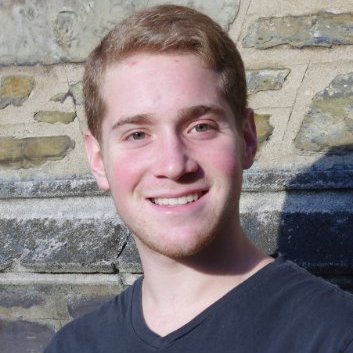 In the 1984 film Flamingo Kid, Matt Dillon’s character Jeffrey Willis, dines with his family at Larry’s Fish House, where the slogan is “Any Fish You Wish”. Cut to the summer of 2015, and my guest Noah Bressman, who is a budding marine biologist at Cornell University, has a big wish. That wish is to encourage more sustainable fishing practices on both the industry side and the sporting side. Fisherman should catch and release fish not caught for food. Regulations should be enforced to ensure more sustainable fisheries and fishing practices. Find out what mummichogs are, and how Noah’s research on that ‘intertidal killfish’ was featured on the Discovery Canada Show, The Daily Planet. Learn about what the signs at your local grocery fish counters mean when they say “all natural”, “wild caught” or “certified sustainable”. Noah is making great strides in his research, and he will continue to do great things in years to come. For more information visit Noah’s Facebook Page: Noah and Carl Fish.
In the 1984 film Flamingo Kid, Matt Dillon’s character Jeffrey Willis, dines with his family at Larry’s Fish House, where the slogan is “Any Fish You Wish”. Cut to the summer of 2015, and my guest Noah Bressman, who is a budding marine biologist at Cornell University, has a big wish. That wish is to encourage more sustainable fishing practices on both the industry side and the sporting side. Fisherman should catch and release fish not caught for food. Regulations should be enforced to ensure more sustainable fisheries and fishing practices. Find out what mummichogs are, and how Noah’s research on that ‘intertidal killfish’ was featured on the Discovery Canada Show, The Daily Planet. Learn about what the signs at your local grocery fish counters mean when they say “all natural”, “wild caught” or “certified sustainable”. Noah is making great strides in his research, and he will continue to do great things in years to come. For more information visit Noah’s Facebook Page: Noah and Carl Fish.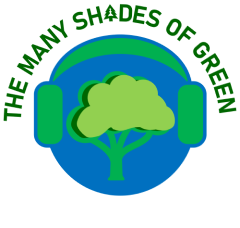
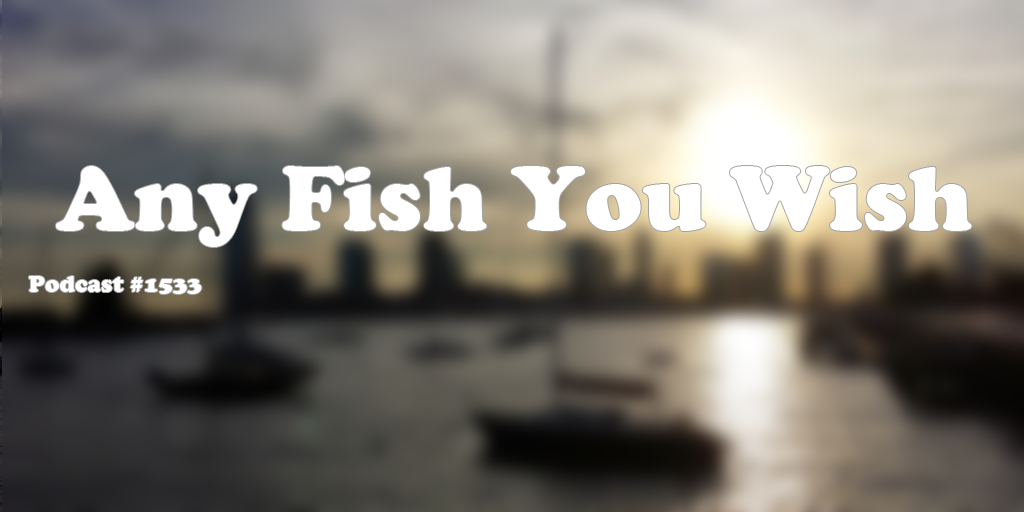
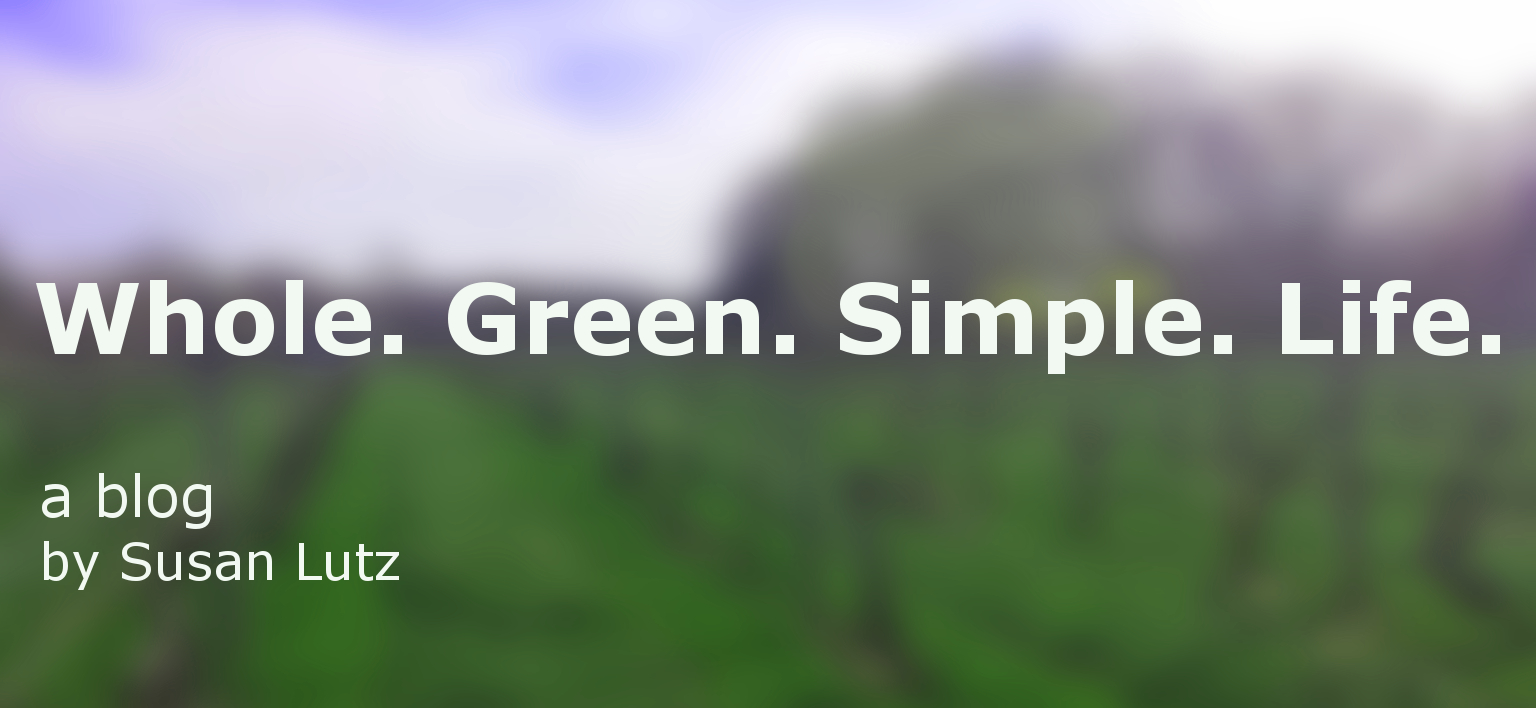

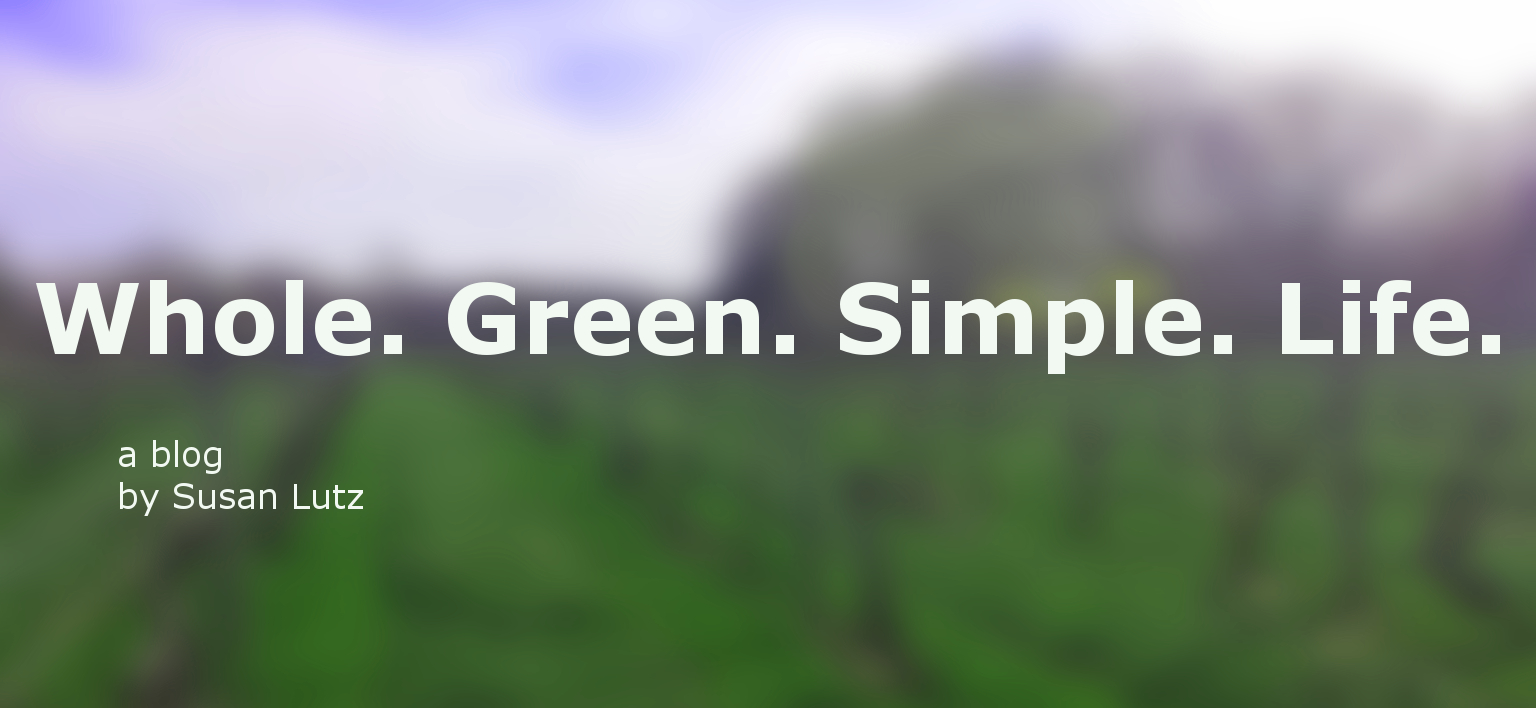
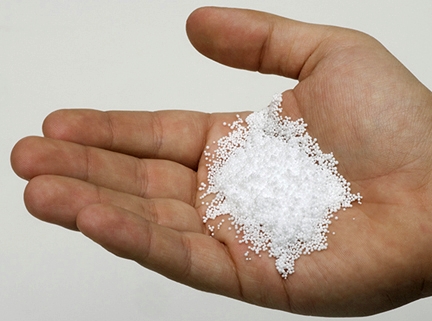 Scrub some natural face cleanser on at the end of the day. Feels wonderful. A shea butter body cream can only be good, right? Read the ingredients. Many of the cosmetics on the shelf today contain microbeads. What’s a microbead? I hadn’t heard of them either. Yet, they are now so proliferate in many of the products we use, approximately 69 NGOs from 33 countries are supporting the campaign to end the use of the microbead, according to
Scrub some natural face cleanser on at the end of the day. Feels wonderful. A shea butter body cream can only be good, right? Read the ingredients. Many of the cosmetics on the shelf today contain microbeads. What’s a microbead? I hadn’t heard of them either. Yet, they are now so proliferate in many of the products we use, approximately 69 NGOs from 33 countries are supporting the campaign to end the use of the microbead, according to 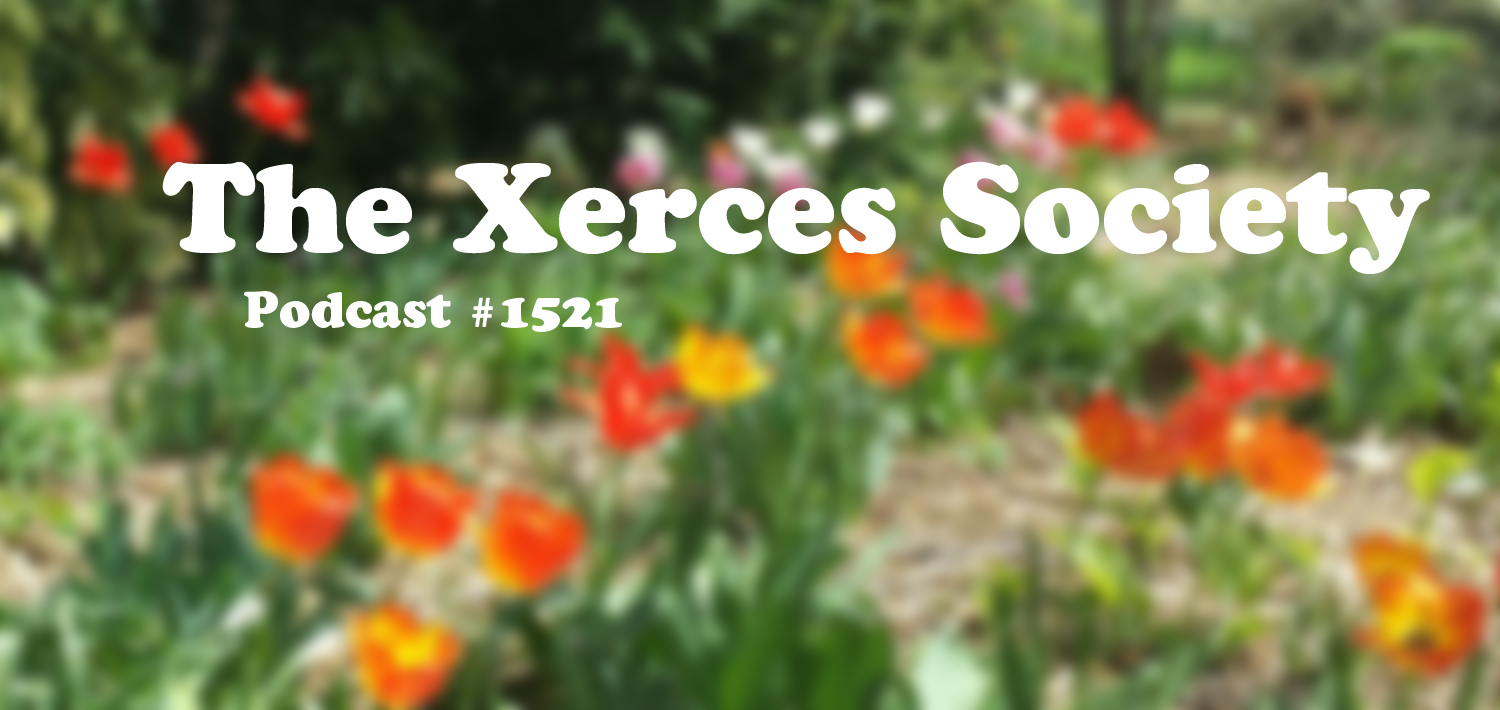
 Bees… what’s all the buzz about? I talk with Matthew Shepherd, Communications Director for the Xerces Society for Invertebrate Conservation, to find out why bee colonies are collapsing, and what programs Xerces has created to help protect pollinator insects. Habitat creation, planting flowers, shrubs, trees, creating nest sites, and reducing or stopping the use of pesticides, are all very important to keep the bee and other invertebrate insect population thriving. Find out how urban areas have become home to many insect species from far away lands, and how the Milkweed Project works to build up habitats for the Monarch Butterfly. Visit
Bees… what’s all the buzz about? I talk with Matthew Shepherd, Communications Director for the Xerces Society for Invertebrate Conservation, to find out why bee colonies are collapsing, and what programs Xerces has created to help protect pollinator insects. Habitat creation, planting flowers, shrubs, trees, creating nest sites, and reducing or stopping the use of pesticides, are all very important to keep the bee and other invertebrate insect population thriving. Find out how urban areas have become home to many insect species from far away lands, and how the Milkweed Project works to build up habitats for the Monarch Butterfly. Visit 
 This week’s show takes us to jungles, plains, back lots and road shows to focus on animal welfare and the need for wildlife protection. My guest, Adam Roberts, CEO of the organization Born Free USA, and I discuss the plight of elephants and lions and what is causing them to be endangered. We also talk about the cruelty and neglect of Exotic pets, and the treatment of animal actors in circuses, film and TV. Lions may be sleeping, but we need to ROAR to save them. For more information go to
This week’s show takes us to jungles, plains, back lots and road shows to focus on animal welfare and the need for wildlife protection. My guest, Adam Roberts, CEO of the organization Born Free USA, and I discuss the plight of elephants and lions and what is causing them to be endangered. We also talk about the cruelty and neglect of Exotic pets, and the treatment of animal actors in circuses, film and TV. Lions may be sleeping, but we need to ROAR to save them. For more information go to 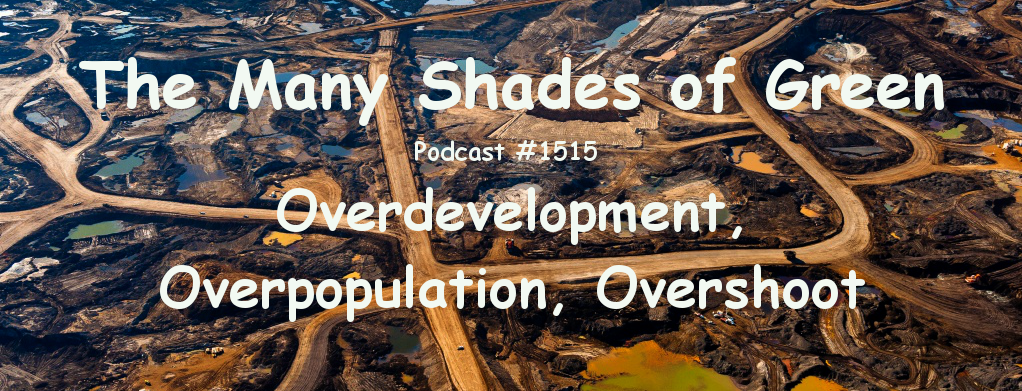
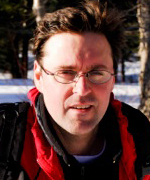 Overdevelopment, Overpopulation, Overshoot – Tom Butler’s new large format coffee table book, tells the story of how population increase, and the rise of the industrial complex, has led to social, economic and environmental problems world wide. The phrase ” a picture’s worth a thousand words” is most evident in the photos taken during this three year journey to expose man’s quest to dominate the planet, and leave sprawl, over growth, disease and destruction in its path. We over indulge, over-plug, and over saturate this beautiful planet, with blatant di
Overdevelopment, Overpopulation, Overshoot – Tom Butler’s new large format coffee table book, tells the story of how population increase, and the rise of the industrial complex, has led to social, economic and environmental problems world wide. The phrase ” a picture’s worth a thousand words” is most evident in the photos taken during this three year journey to expose man’s quest to dominate the planet, and leave sprawl, over growth, disease and destruction in its path. We over indulge, over-plug, and over saturate this beautiful planet, with blatant di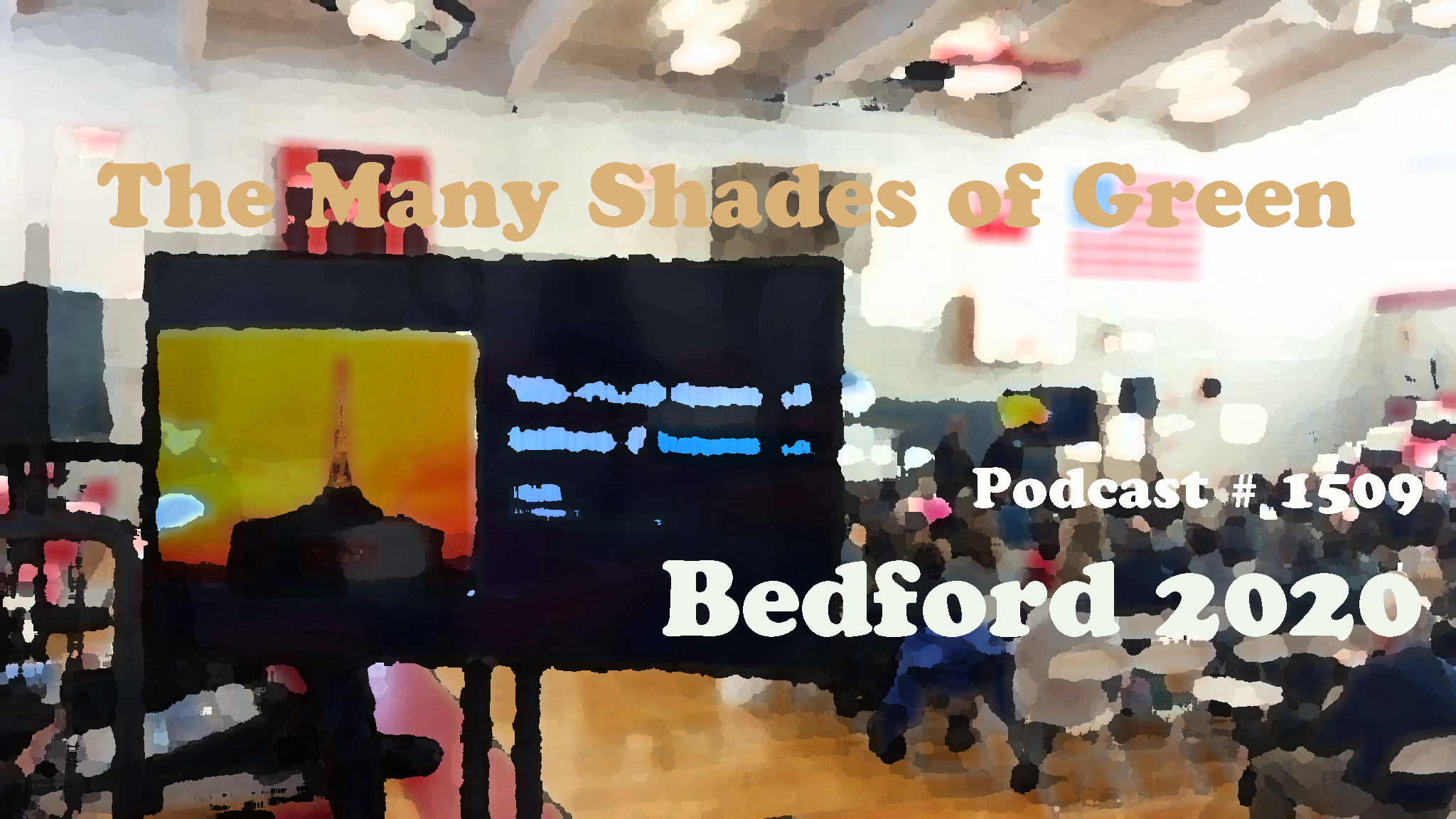
 This week’s program takes place at the Bedford 2020 Summit and Solar Action Day. We spoke to Andrew Revkin, writer of the Dot Earth Blog for the New York Times, as well as Peter Olmsted, East Coast Regional Director for Vote Solar. We also spoke to Mayor Michael Cindrich of Mt. Kisco, NY about the solar projects on his agenda. Keynote Speaker Amory Lovins, of The Rocky Mountain Institute, spoke about new energy technologies that are on the horizon for the future of electricity. It was a gathering of innovators, educators and community, all working to promote solar and other renewable energy, in an effort to help create actionable solutions to green house gas emissions. A special thank you to Heather Flournoy for her hard work and hospitality. For more information go to
This week’s program takes place at the Bedford 2020 Summit and Solar Action Day. We spoke to Andrew Revkin, writer of the Dot Earth Blog for the New York Times, as well as Peter Olmsted, East Coast Regional Director for Vote Solar. We also spoke to Mayor Michael Cindrich of Mt. Kisco, NY about the solar projects on his agenda. Keynote Speaker Amory Lovins, of The Rocky Mountain Institute, spoke about new energy technologies that are on the horizon for the future of electricity. It was a gathering of innovators, educators and community, all working to promote solar and other renewable energy, in an effort to help create actionable solutions to green house gas emissions. A special thank you to Heather Flournoy for her hard work and hospitality. For more information go to 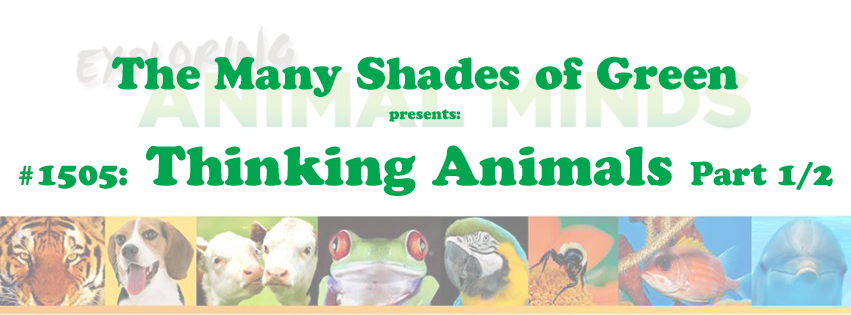
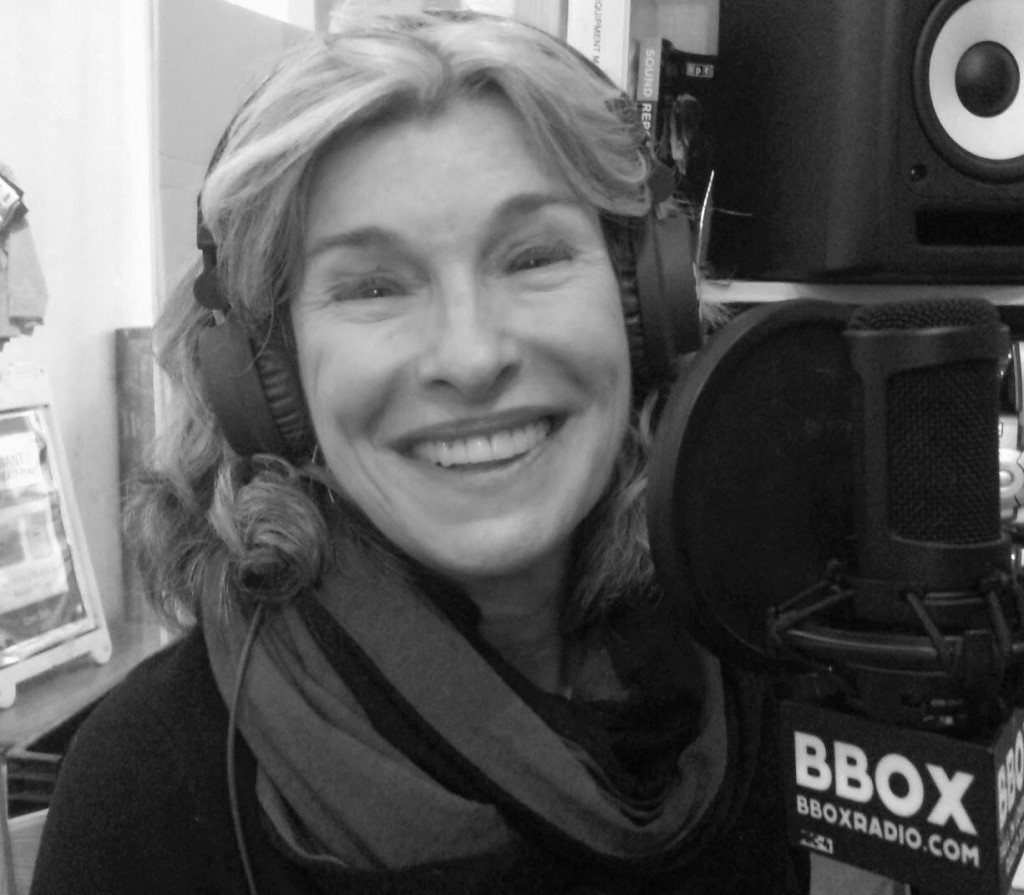 If we could talk to the animals, just imagine it, chatting to a chimp in chimpanzee, imagine talking to a tiger, chatting to a cheetah, what a neat achievement that would be. In Part 1 of my talk with Bonnie Wyper, President and Director of Thinking Animals, we delve into the topic of animal behavior and cognition. Charles Darwin once said that “Evolution is not just the physical body, but our emotional sides as well.” Bonnie and I discuss how animals experience joy, stress, thought and nuance, and are more complex than humans know. Most humans think of themselves as superior beings, and species are being decimated because of that thought process. We need to step up and treat all creatures humanely. For more information go to
If we could talk to the animals, just imagine it, chatting to a chimp in chimpanzee, imagine talking to a tiger, chatting to a cheetah, what a neat achievement that would be. In Part 1 of my talk with Bonnie Wyper, President and Director of Thinking Animals, we delve into the topic of animal behavior and cognition. Charles Darwin once said that “Evolution is not just the physical body, but our emotional sides as well.” Bonnie and I discuss how animals experience joy, stress, thought and nuance, and are more complex than humans know. Most humans think of themselves as superior beings, and species are being decimated because of that thought process. We need to step up and treat all creatures humanely. For more information go to 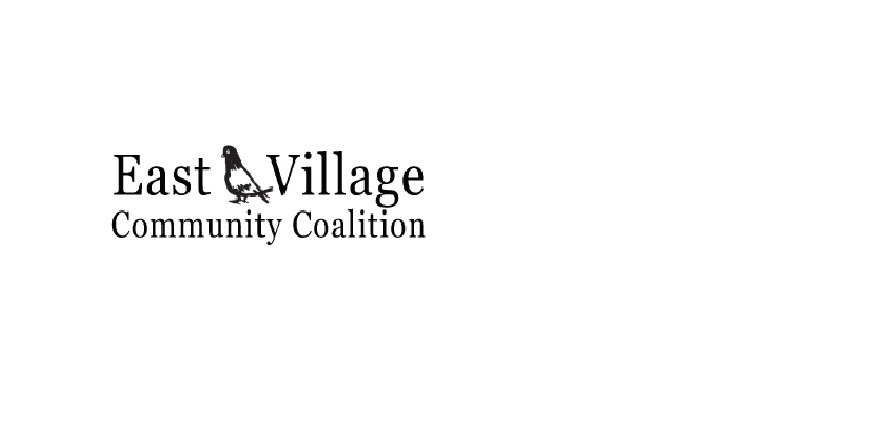
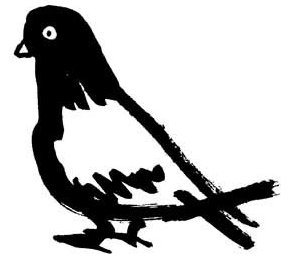 The East Village in NYC is a mecca for the arts, the bohemian in all of us, and it is a NYC treasure that must be preserved. Sara Romanoski, Managing Director of the East Village
The East Village in NYC is a mecca for the arts, the bohemian in all of us, and it is a NYC treasure that must be preserved. Sara Romanoski, Managing Director of the East Village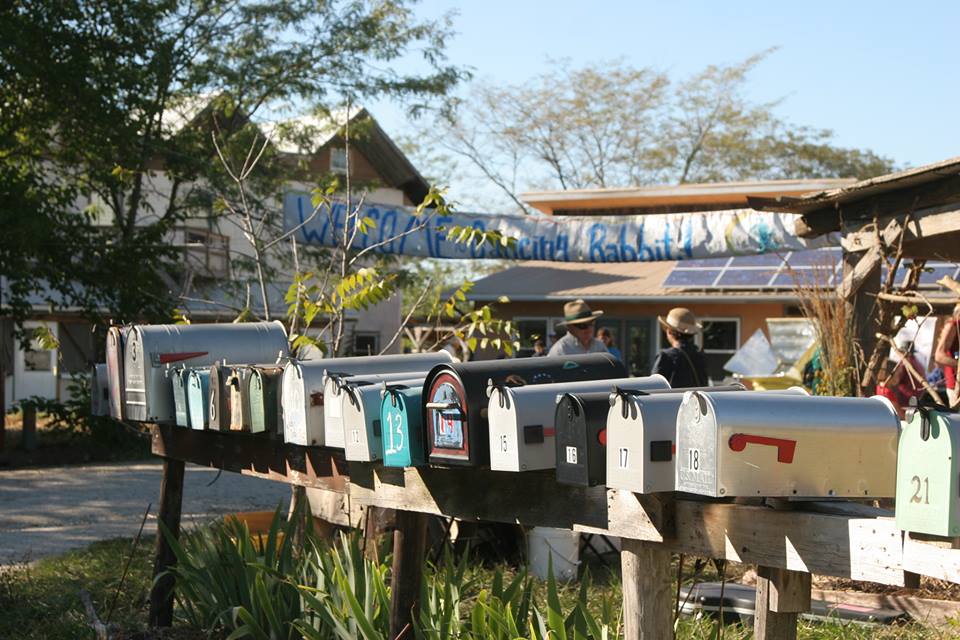
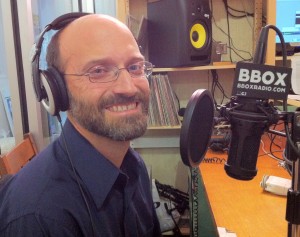 My co-producer Abba Carmichael steps in to host TMSOG, and chats with Tony Sirna co-founder of Dancing Rabbit Ecovillage, a highly sustainable community, which encourages members to live off the land, off the grid and reduce consumption. They are a stellar example of being one with nature and being mindful of Mother Earth. Tune in to find out more about how Dancing Rabbit Eco Village is a model for eco awareness and preservation of the planet. Go to
My co-producer Abba Carmichael steps in to host TMSOG, and chats with Tony Sirna co-founder of Dancing Rabbit Ecovillage, a highly sustainable community, which encourages members to live off the land, off the grid and reduce consumption. They are a stellar example of being one with nature and being mindful of Mother Earth. Tune in to find out more about how Dancing Rabbit Eco Village is a model for eco awareness and preservation of the planet. Go to 